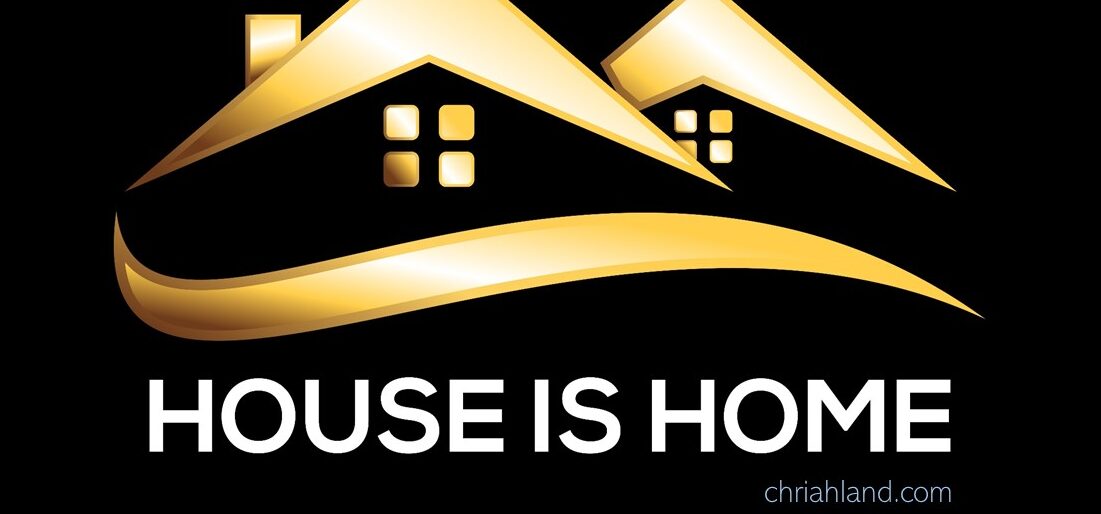Rent-to-Own Financing Options
Rent-to-own, also known as lease-option or lease-purchase, is an alternative path to homeownership that allows individuals to lease a property with the option to buy it at a later date. This unique approach to acquiring a home offers flexibility in financing and payment structures. Below, we’ll explore the various financing options within the realm of rent-to-own properties, specifically focusing on lease options and lease-purchase agreements.
Understanding Rent-to-Own Financing
Before delving into the specifics of lease options and lease-purchase agreements, it’s essential to understand the fundamental concept of rent-to-own financing. Rent-to-own arrangements are designed to bridge the gap between renting and traditional buying, making homeownership more accessible to a broader range of individuals.
The basic structure of rent-to-own agreements includes:
- Lease Agreement: This is the initial rental agreement that specifies the lease duration, monthly rent, and tenant’s responsibilities.
- Option Fee: The tenant pays an upfront option fee, securing the right to purchase the property at a later date. This fee is often non-refundable and can vary widely.
- Monthly Rent: Rent-to-own tenants pay a monthly rent, part of which may be designated as “rent credits.” These credits accumulate over the lease term and can be applied toward the purchase of the home.
- Purchase Price: The lease agreement specifies the purchase price for the property, often fixed at the time of signing the contract.
- Decision Point: At the end of the lease term, the tenant has the option to buy the property. This decision is not obligatory, offering flexibility to opt-out if desired.
Lease Options
Pros of Lease Options:
- Lower Upfront Costs: Lease options typically require a smaller upfront option fee compared to lease-purchase agreements, making it more accessible for tenants.
- Flexible Decision-Making: Lease options offer more flexibility at the end of the lease term. Tenants can choose whether to buy the property or simply move on.
- Financial Planning: Tenants have more time to prepare for homeownership financially. This flexibility is valuable for individuals who need to build credit or save for a down payment.
Cons of Lease Options:
- Potentially Higher Monthly Rent: Monthly rent in lease options is often slightly higher than traditional rentals and can be higher compared to lease-purchase agreements.
- No Guaranteed Purchase: With lease options, there’s no guarantee that the tenant will eventually purchase the property. Landlords may benefit from higher rent without an actual sale.
Lease-Purchase Agreements
Pros of Lease-Purchase Agreements:
- Lower Monthly Rent: Monthly rent in lease-purchase agreements is typically lower than lease options because the tenant has made a more substantial commitment.
- Higher Tenant Commitment: The option to purchase is typically obligatory in lease-purchase agreements. This ensures the tenant’s commitment to buying the property.
- Structured Path to Ownership: Lease-purchase agreements provide a clear path to homeownership. The tenant has a predetermined purchase date, which encourages financial planning.
- Price Lock-In: The purchase price is often fixed at the time of the agreement, protecting the tenant from property value fluctuations.
Cons of Lease-Purchase Agreements:
- Higher Upfront Option Fee: Lease-purchase agreements usually require a more significant upfront option fee, which can be a barrier for some tenants.
- Limited Flexibility: Lease-purchase agreements offer less flexibility at the end of the lease term. Tenants are typically obligated to buy the property or forfeit the option fee.
Other Financing Options
In addition to lease options and lease-purchase agreements, there are variations and combinations of these models. These include:
1. Lease-Option with Purchase: This hybrid model allows tenants to choose whether they want to purchase the property at a predefined price at the end of the lease term.
2. Rent-to-Own with Pre-negotiated Financing: Some rent-to-own agreements include pre-negotiated financing terms with a lender. This can be advantageous for tenants who need financing help.
3. Rent-to-Own Mortgage Programs: Some financial institutions offer specific mortgage programs designed for those in rent-to-own agreements. These programs can simplify the financing process.
Factors to Consider
When selecting a financing option for a rent-to-own property, tenants should consider several essential factors:
1. Upfront Costs: Assess your financial situation to determine how much you can afford for the upfront option fee. Different financing options have varying fee structures.
2. Monthly Budget: Consider your monthly budget and whether you can comfortably afford the monthly rent and associated costs.
3. Long-Term Commitment: Decide how committed you are to purchasing the property. This will help you choose between lease options and lease-purchase agreements.
4. Financial Planning: If you need time to build credit or save for a down payment, a financing option with an extended lease term may be more suitable.
5. Legal Review: Seek legal advice when reviewing the financing terms within the rent-to-own contract to ensure that they are fair and comply with all applicable laws.
6. Market Conditions: Be aware of local real estate market trends and economic conditions. These factors can impact the property’s value and your purchasing decision.
Rent-to-own financing options, such as lease options and lease-purchase agreements, offer individuals a unique and flexible pathway to homeownership. The choice between these options depends on individual financial circumstances, long-term goals, and personal preferences. Tenants should carefully consider their financial readiness, long-term commitment, and legal protections when selecting a financing option.





Comments are closed.